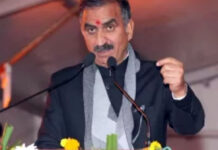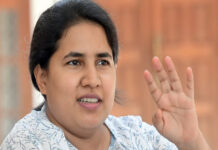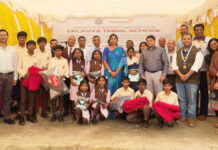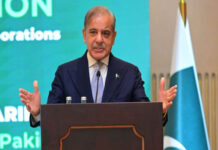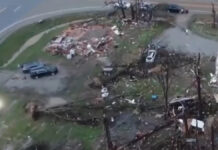Ladakh, Jan 5
With the Pangong Lake and other water bodies freezing during the harsh winters in Ladakh, the cold desert region is gearing up to hold winter games that would promote tourism in the area.
The Fire and Fury Corps of the Indian Army has already organised an inter-village ice hockey competition on the frozen Pangong at a height of 14,270 ft. The Ladakh Tourism has also chalked out a list of winter sports events and treks during the coming days. The Union Territory (UT) administration is also gearing up to host the Khelo India Winter Games, showcasing its commitment to organising a world-class sporting event amidst the challenging winter conditions.
One of the key components of the preparation is the rigorous training and rehearsal of the dedicated team of volunteers who will play a crucial role in ensuring the success of the games, he added. Laying the sports venues, including ice rings and skiing tracks, is being executed with precision to meet international standards. The measures will not only provide a safe and enjoyable experience for the athletes but will also showcase Ladakh’s capability to host world-class events, said Ravinder Kumar, secretary youth services and sports.
The popularity of winter tourism and activities such as Ice hockey has attracted tourists from across the world over the last few years. With the freezing of rivers and plummeting mercury below sub-zero degrees, Ice Hockey tournaments are being held in Ladakh.
The 1st Royal Enfield Ice Hockey League, which was the first major ice hockey event of the year, was held earlier this week by Royal Enfield in collaboration with UT Ladakh and Ice Hockey Association of Ladakh. Meanwhile, snow trekkers are eagerly waiting for the forthcoming annual Chader Trek on the frozen Zanskar River.
However, the 75 kms Chader Trek route has this time been truncated to 20 km due to the ongoing construction of the Nimu-Padum-Darcha Road (NPDR) being built by the Border Roads Organisation.
The Chader Trek is an important winter tourist activity spanning over a period of about one and a half months in the months of January and February.






